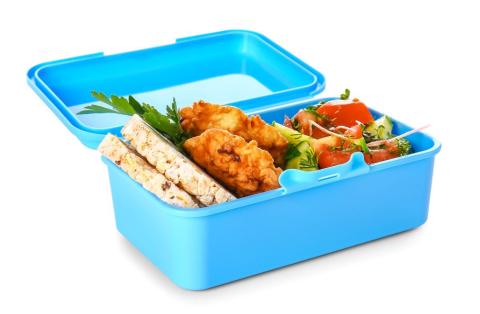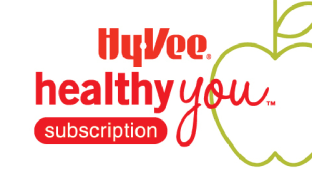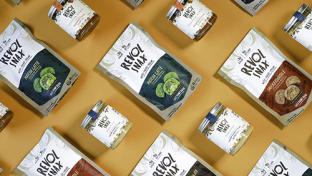Helping Parents Build a Healthy School Lunchbox

The start of another school year is on the horizon. That means many parents are feeling that familiar dread about the daily task of packing nutritious lunches their kids will actually eat. The pressure of seeing bento box-perfect lunches on social media only adds fuel to the fire.
But research reveals insights that retailers and retail dietitians can use to provide real-life solutions to parents’ challenges.
[Read more: "Plant-Based Eating for Health"]
A Look at the Attitudes and Practices of Lunch-Packing Parents
Parents of elementary school-age children identified several barriers to packing lunches, as well as factors that smooth the process along, according to a 2018 study published in the Canadian Journal of Dietetic Practice and Research.
Parents said that barriers to packing lunches included their child’s food preferences, time constraints, finances, allergy policies and food safety. Nutrition resources, observing other children’s lunches, getting their child’s input and planning ahead made the process easier.
Almost all parents (95.9%) said that packing a healthy lunch was important to at least some degree (ranging from “important” to “of the utmost importance”), and that their nutrition knowledge was at least adequate (97.5%, ranging from “adequate” to “very good”).
Something didn’t add up, however, when researchers compared what parents said they packed to the actual lunch provided. The lunches contained significantly higher portions of sugar-sweetened drinks and snacks, and significantly lower portions of fruits/fruit juice, vegetables, milk/alternatives and meat/alternatives than parents reported.
Retailers and Retail Dietitians Can Help
Providing harried parents with solutions to the lunchbox dilemma can help solidify loyalty and increase basket size. Retail dietitians are experts at designing programs that address parents’ challenges and capitalize on what works.
Web content, newsletters, tipsheets and in-store classes can combine several solutions. For instance, content can teach parents about the elements of a healthy lunch, accompanied by easy and nutritious make-ahead ideas that coincide with stock-up sales. Involve the kids to increase the likelihood that they’ll eat their lunches. Consider parent/child events such as lunch-packing tours and hands-on classes.
Educate parents to identify common allergens on food labels, and offer appealing lunch alternatives for kids with allergies or who attend a school with an allergy policy that includes a food restriction such as “nut free” or “nut aware” (definitions can vary from school to school, which can make it tricky for parents). Offer tips for packing allergy-safe lunches that avoid cross-contamination with problematic ingredients.
Help parents brush up on food safety. Refresh them on basics like handwashing, avoiding cross-contamination and keeping packed foods in the safe temperature zone. Suggest using insulated lunchboxes, Thermoses and cold packs, and including individually packaged hand wipes or small bottles of hand sanitizer in lunchboxes. Provide convenient displays with these items, as well as thermometers and different-colored cutting boards (to keep meat and poultry separate from fruits, vegetables and other ready-to-eat foods). Include tipsheets on lunch-packing safety.







.teasere3d4.png)